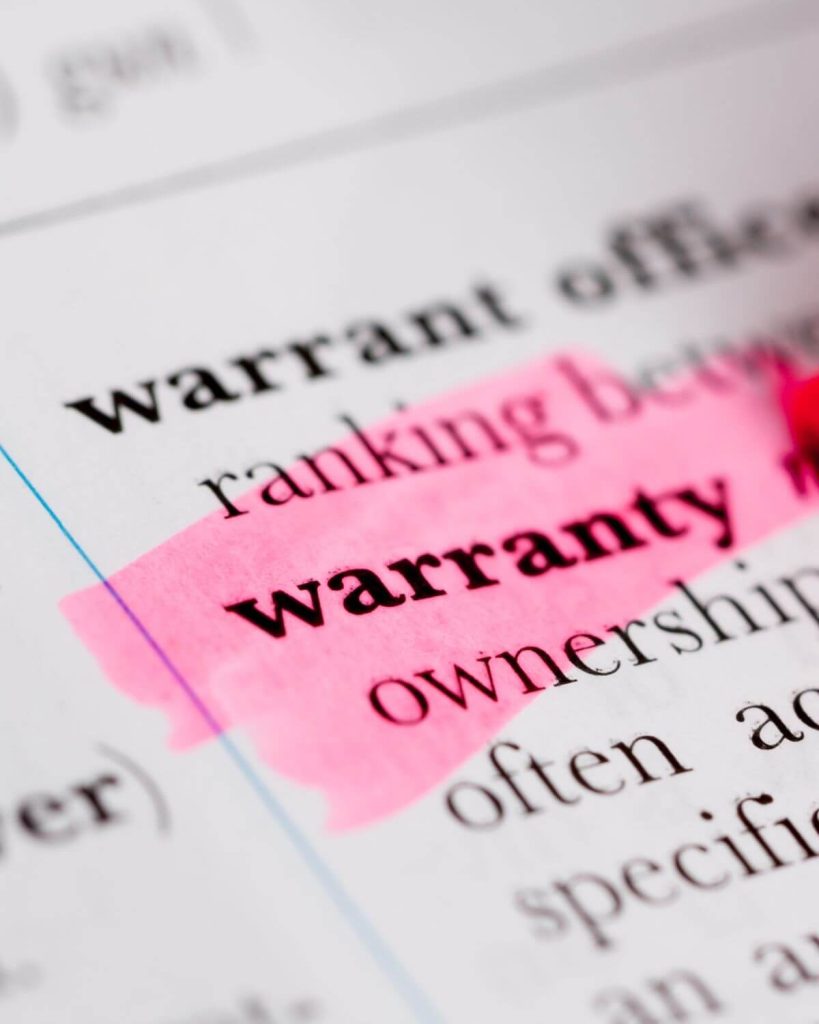Have you ever filed a home warranty claim only to be surprised and frustrated when it was denied? You’re not alone. While home warranties are designed to provide financial protection and peace of mind by covering repairs or replacements of major systems and appliances, many homeowners misunderstand what their policies actually include. As a result, claim denials are more common than most expect.
From coverage limitations to maintenance requirements, home warranty contracts are filled with specific conditions that must be met for a claim to be approved. In this article, we’ll break down the most frequent reasons claims are denied, clarify common misconceptions, and provide expert guidance to help you navigate your home warranty coverage with confidence.
Review Home Warranties analyzed 1,525 home warranty complaints to identify the primary sources of customer dissatisfaction. The findings revealed that approximately 50% of customers reported issues related to poor communication or significant delays in the repair process from their chosen provider.

Understanding What a Home Warranty Covers
A home warranty is a service contract designed to cover the repair or replacement of major home systems and appliances that fail due to normal wear and tear. Unlike homeowners insurance, which protects against damage from events like fires, floods, or theft, a home warranty focuses on the everyday breakdowns of items such as HVAC systems, plumbing, electrical components, water heaters, and kitchen appliances.
Most plans have standard coverage and optional add-ons, allowing homeowners to tailor protection based on their specific needs. However, it’s essential to understand that home warranties do not cover everything. Coverage is limited to specific components and may exclude certain parts, pre-existing conditions, or damage resulting from lack of maintenance. Reading the full contract and understanding its limitations is the first step to avoiding unexpected out-of-pocket expenses.
Common Reasons Your Home Warranty Might Not Cover a Claim
Even though home warranties are designed to offer protection, there are several reasons a claim might be denied. Many of these reasons catch homeowners off guard. Understanding these common pitfalls can help you avoid frustration and ensure your claims are more likely to be approved. Here are some of the most frequent reasons for claim denials:
- Pre-existing Conditions: If a system or appliance was already malfunctioning before the warranty went into effect, it likely won’t be covered.
- Lack of Routine Maintenance: Providers may deny claims if there’s evidence that the covered item wasn’t properly maintained over time.
- Improper Installation or Modifications: Systems or appliances that weren’t installed correctly or that violate building codes are often excluded.
- Excluded Items or Components: Some parts of a covered system may not be included in your plan, such as handles, knobs, or cosmetic features.
- Coverage Caps or Limits: If the repair cost exceeds the policy’s payout limit, the warranty may only cover part of the bill or nothing at all.
- Unauthorized Repairs: If you call your own contractor instead of going through the warranty company’s network, your claim may be void.
Reviewing your policy closely and understanding these common exclusions can save time, money, and unnecessary stress when something breaks down.

Case Examples of Denied Claims
Real-life examples can offer valuable insight into how and why home warranty claims are denied. In one instance, a homeowner submitted a claim for a broken air conditioning unit during a heatwave. The warranty provider denied the claim after determining that the system had not received regular maintenance, such as annual servicing or filter replacement. In another case, a claim for a leaking water heater was rejected because it had been installed without the necessary permits and did not meet local building codes.
A third example involved a dishwasher that failed due to a manufacturer defect, but the warranty company declined coverage because the unit was still under the manufacturer’s original warranty and therefore not eligible under the home warranty terms. These cases highlight the importance of understanding your contract, keeping detailed maintenance records, and ensuring all installations and repairs comply with required standards.
How to Avoid Claim Denials
Avoiding home warranty claim denials starts with a proactive approach to understanding and maintaining your coverage. First and foremost, carefully read your home warranty contract in full, including the fine print, to understand exactly what is and isn’t covered. Pay close attention to exclusions, coverage caps, service fees, and the list of covered components within each system or appliance.
To maintain eligibility for claims, follow all recommended maintenance procedures. For example, HVAC systems should be professionally serviced at least once a year, with records kept of inspections, cleanings, and filter changes. When something breaks down, never attempt DIY repairs or hire a contractor without first contacting your warranty provider to file a claim and follow their process.
Most providers require that repairs be completed by authorized technicians within their network. It is also important to act quickly because delays in reporting an issue can result in denial, especially if the damage worsens over time. Keep all maintenance logs, receipts, inspection reports, and service records in an organized file so you can provide proof of proper care if needed.
Lastly, consider upgrading your plan or adding optional coverages for items like roof leaks, pools, or septic systems if they are important to you, as many basic plans do not include these features. Taking these steps significantly increases the chances that your claim will be approved when you need it most.
What to Do If Your Claim Is Denied
If your home warranty claim is denied, the first step is to carefully review the denial letter and compare it with the terms of your contract. Make sure the reason for the denial is clearly stated and aligns with the coverage exclusions outlined in your policy. If the explanation is unclear or seems inaccurate, contact your warranty provider for clarification and request a written breakdown of the decision.
In some cases, claim denials can result from misunderstandings or missing documentation, so providing maintenance records, photos, or second opinions from licensed technicians may help support your case. Most home warranty companies have an appeals process, so follow their steps to formally dispute the decision. Be sure to keep detailed records of all communications.
If you are still unsatisfied after the appeal, consider contacting a third-party mediator, such as your state’s department of insurance or a consumer protection agency. In rare cases, homeowners may also seek legal advice if the denial appears to violate the contract terms. Staying organized, calm, and persistent throughout the process gives you the best chance of reversing the denial or finding a fair resolution.
Conclusion
While home warranties can be a valuable tool for protecting your home and your budget, understanding the fine print is essential to getting the most out of your coverage. Many claim denials result from preventable issues such as overlooked maintenance requirements, unauthorized repairs, or misinterpretations of what the plan actually covers. By taking the time to thoroughly review your contract, staying on top of routine maintenance, and following your provider’s procedures carefully, you can significantly reduce the risk of a denied claim.
If your claim is denied, knowing how to respond effectively, whether by appealing, providing additional documentation, or escalating the issue, can make all the difference. Home warranties are not one size fits all, so being informed and proactive is key to making sure your policy works for you when you need it most.
0 Comments